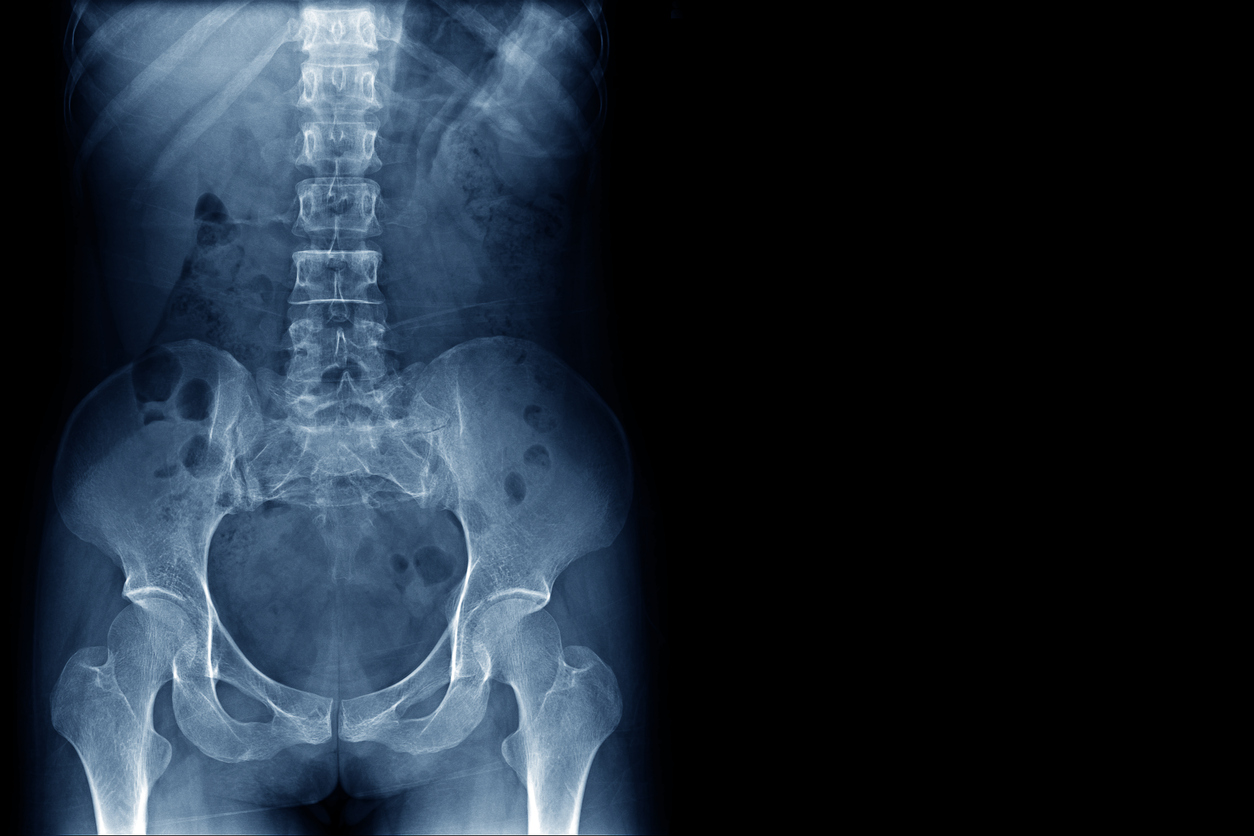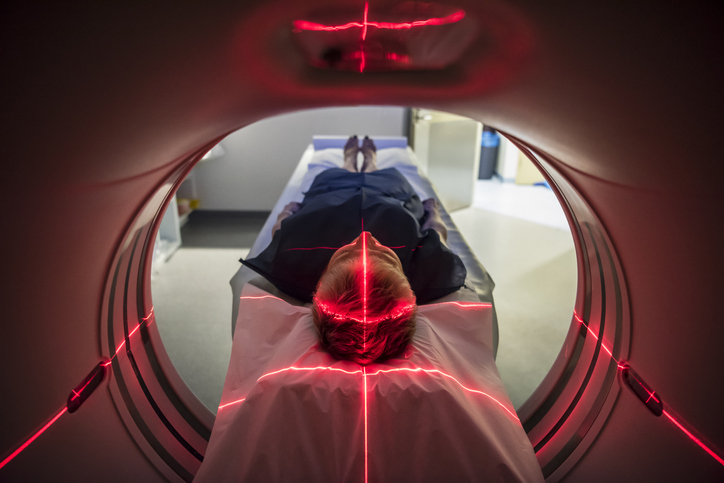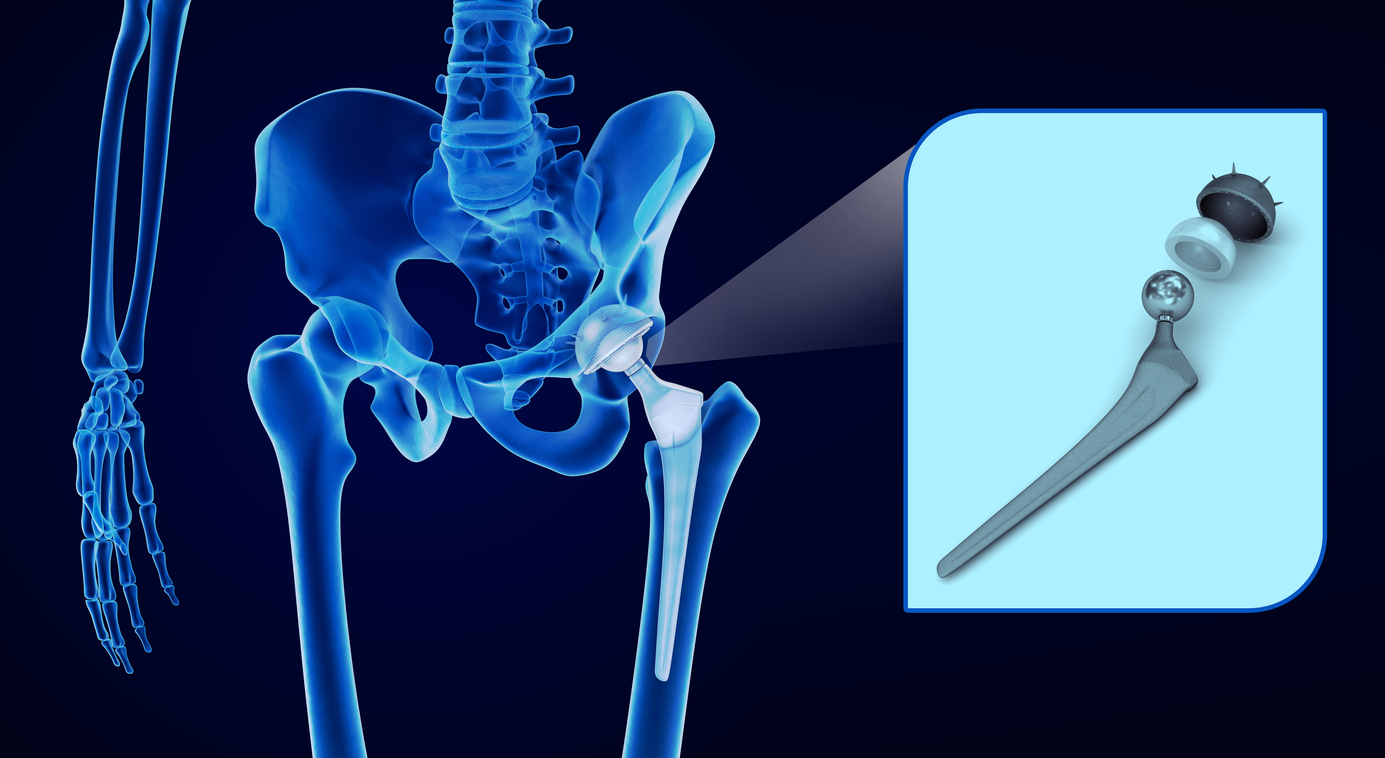Treatments
What Is Spinal Fusion Surgery?

Spinal fusion is a surgical procedure that involves fusing two or more vertebrae permanently together to reduce or eliminate pain. The spine of an average adult consists of 24 vertebrae (bones). During a spinal fusion, a bone graft or bonelike material is used between spinal bones to create one solid structure with no space. Rods, metal plates, or screws are used to hold the bone and vertebrae in place until they grow together.
Why is spinal fusion done?
Spinal fusion surgery is done to treat or reduce pain associated with various conditions. Spinal conditions that may require fusion surgery include, but are not limited to, the following:
- Abnormal rounding of the upper spine (Kyphosis)
- Degenerative disc disease (DDD)
- Fractured vertebrae
- Herniated disc
- Scoliosis
- Spinal weakness due to arthritis, infection, etc.
- Spinal stenosis
- Spondylolisthesis
- Tumors
The procedure
General anesthesia is used during a spinal fusion surgery, which normally takes several hours. A synthetic bone or bone from the hip or pelvis is prepared by the surgeon. The spine is composed of the sacrum, which is the bottom of the spine, the cervical spine (neck), the thoracic spine (chest), and the lumbar spine (lower back). Placement of the incision depends on which part of the spine needs to be fused. Cuts are made either in the back, neck, throat or stomach.
Once the bone graft is in place, plates, screws or rods are used to hold the bones together. This provides stability to the spine in order for proper fusion and healing to occur. A hospital stay of two or three days is recommended. Pain or discomfort is typically treated with medication.
Risks
Although spinal fusion surgery is typically safe, as with any surgical procedure, risks are possible. Potential complications include, but are not limited to, the following:
- Bleeding
- Blood clots
- Failed back surgery syndrome
- Heart attack or stroke during surgery
- Infection
- Pain at the site of the bone graft
- Poor healing of the surgical wound
- Reaction to anesthesia or medications
- Respiratory problems
- Spinal nerve damage
Outlook
The healing process following spinal fusion surgery can take several months. Since the area that is fused has no movement, additional stress may be placed on other areas of the spine. This can lead to an increased risk of back pain or other problems above and below the fusion. Although spinal fusion surgery is often effective for making the spine more stable, fixing broken bones, and reshaping the spine, reviews are mixed if the actual cause of pain is nonspecific. Additionally, it will not prevent back pain from occurring due to new conditions or the recurrence of problems.
For best results, eating a healthy diet and getting physically active is beneficial. Being inactive or overweight increases the risk of spinal issues.
















